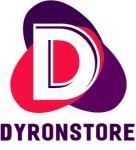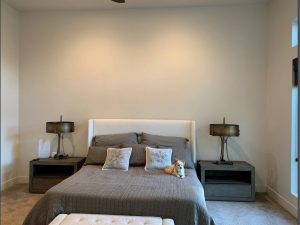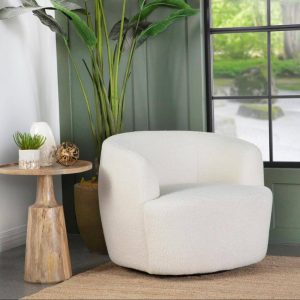
Calculating Office Equipment Depreciation
Depreciation is the process of reducing the value of an asset, which decreases its resale price. This reduction is calculated by spreading the cost of the equipment over its useful life. It can be calculated using several methods including the straight-line depreciation method and the declining balance depreciation method.
The IRS provides a standard useful life table for most types of assets, and you can use this to calculate depreciation. Some assets, such as tractors and hay balers, have useful lives of three years while others, such as office furniture, are eligible for depreciation over ten years.
This table also includes a column for salvage value, which allows you to subtract the worth of your asset at the end of its life from its cost. You can use this to calculate the cost of depreciation and the tax impact of repairing or replacing your equipment.
There are other methods of calculating depreciation, and some can be more complex than others. The most common method is the straight-line depreciation method, which allocates equal amounts of cost to each year of a piece of equipment’s useful life.
Another method is the unit of production depreciation method, which allows you to depreciate a portion of the cost each year based on how often you use the equipment. This type of depreciation is useful for small businesses that use the same equipment frequently and want to recover a larger portion of its upfront cost in the early years.
Finally, the sum-of-the-years’-digits method is an accelerated depreciation method that allows you to depreciate more in the earlier years and less as time goes on. This method is useful when your equipment uses up more of its value in the first few years, and it can be a good choice for small businesses that don’t have an accountant or tax advisor on staff to calculate their depreciation.
It is important to note that the IRS does not provide specific instructions on how to use the SYD method or if this is the best way to calculate your business’s equipment depreciation. You will need to consult with your Elk Grove, CA accountant or other financial advisor to ensure that this method is appropriate for your company’s needs and that your depreciation schedule is accurate.
An accountant can help you create an effective depreciation schedule for your office equipment. This can help you stay on top of your expenses and keep your budget within your business’s goals. This can also help you avoid over-depreciating your equipment and paying more in taxes. It’s also a good idea to have an accountant test your fixed assets to make sure they are not impaired or in need of repair.


